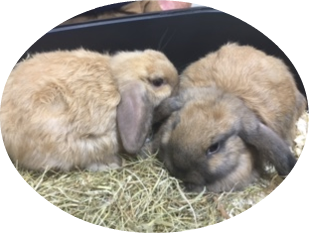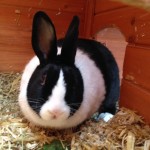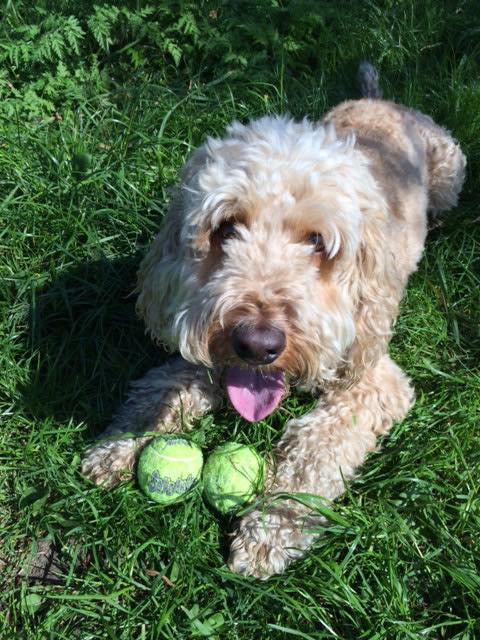People often think that when a cat scratches furniture it is doing so to sharpen its claws. In actual fact they are scenting the furniture using scent glands in their pads, as well as leaving a visual mark that they have been there. This is a normal cat behaviour, and would usually be done on trees in an outdoor situation. When they are kept indoors they tend to go through the same process, but unfortunately they may pick your best furniture to do so !
It is always easier to teach good habits when they are young, so we suggest starting teaching them good habits as early as possible. If your older cat already has a problem then we have a few tips to try to help improve the situation.
How to stop kittens scratching furniture
- Place a few scratching posts in the areas of the house that they use most, particularly in areas they like to sleep and play.
- Encourage them to use the scratching post by using dangle toys near the post or using catnip to scent the post. You can also use praise and cat treats when they use the scratching post.
- Don’t force them to use the post as this may have the opposite effect.
How to stop cats with a habit of scratching furniture
- Put a scratching post next to, or in front of the damaged furniture. Make sure it is of a texture that the cat likes- some prefer loose weaved material, some prefer knobbly textures.
- Cover or move the damaged furniture, so the cat can’t get to it. If covering you could use thick plastic, or another material that your cat won’t like the feel of, such as double sided sticky tape.
- Make sure that scratching posts are in prominent areas that the cat likes to be in.
- Feliway is a cat pheromone (scent) spray that may help reduce scratching particularly in multi-cat households where stress may be a factor. You can purchase this from the surgery, and spray it onto the furniture daily for a month.











